OPINION: Lil Nas X’s Montero (Call Me By Your Name) MV is a work of art

Lil Nas X recently released Montero (Call Me By Your Name). Of course, social media quickly flooded with responses: sometimes ecstatic and others non-complimentary. The provocative video shows the openly gay performer in various mythical, religious, and historical settings. Many praised his artistic vision and his unbound expression of queerness. Others, however, labeled his video Satanic and sacrilegious. Some even pledged to boycott his music.

OPINION: Lil Nas X’s Montero (Call Me By Your Name) MV is a work of art
But, the thing is… you don’t even have to dig deep why people call it a work of art. As a young bisexual woman living in a Catholic-dominated country, I loved the music video. Sure, it looks Satanic. That’s why I appreciate it. I grew up studying in a Catholic school where I could hear different stances about the LGBTQ+ community. I would hear teachers and students alike making fun of openly gay students. If that’s the treatment I would have, why the hell would I want to come out?

I came out when I was twenty years old. I didn’t even say it out loud; I just wrote the words, “hi, i’m bi.” Then, I posted it all on my social media accounts. Even when that’s the case, I could still the fear crawling up to my neck. I could feel it clutch tightly around my throat and I start to think that maybe I shouldn’t have done it. I don’t regret it now. And, although I would receive harsh comments about people I don’t know (sometimes, strangers on the internet), I will never regret it.
LGBTQ+ Repression Within Christian Spaces.
Lil Nas X literally said, “We hide the parts of ourselves we don’t want the world to see. We lock them away, we tell them ‘no,’ we banish them. But, here, we don’t.”
Then, he welcomes us to Montero… an imaginary place with no judgment. Basically, a queer realm. Of course, this dialogue revolves around the continuing omnipresence of repression among LGBTQ+ youth. Especially and particularly in Christian spaces. Within ten seconds of the music video, I was ready to bawl my eyes out. Using classical imagery, it tells us a story of sin, banishment, and redemption.
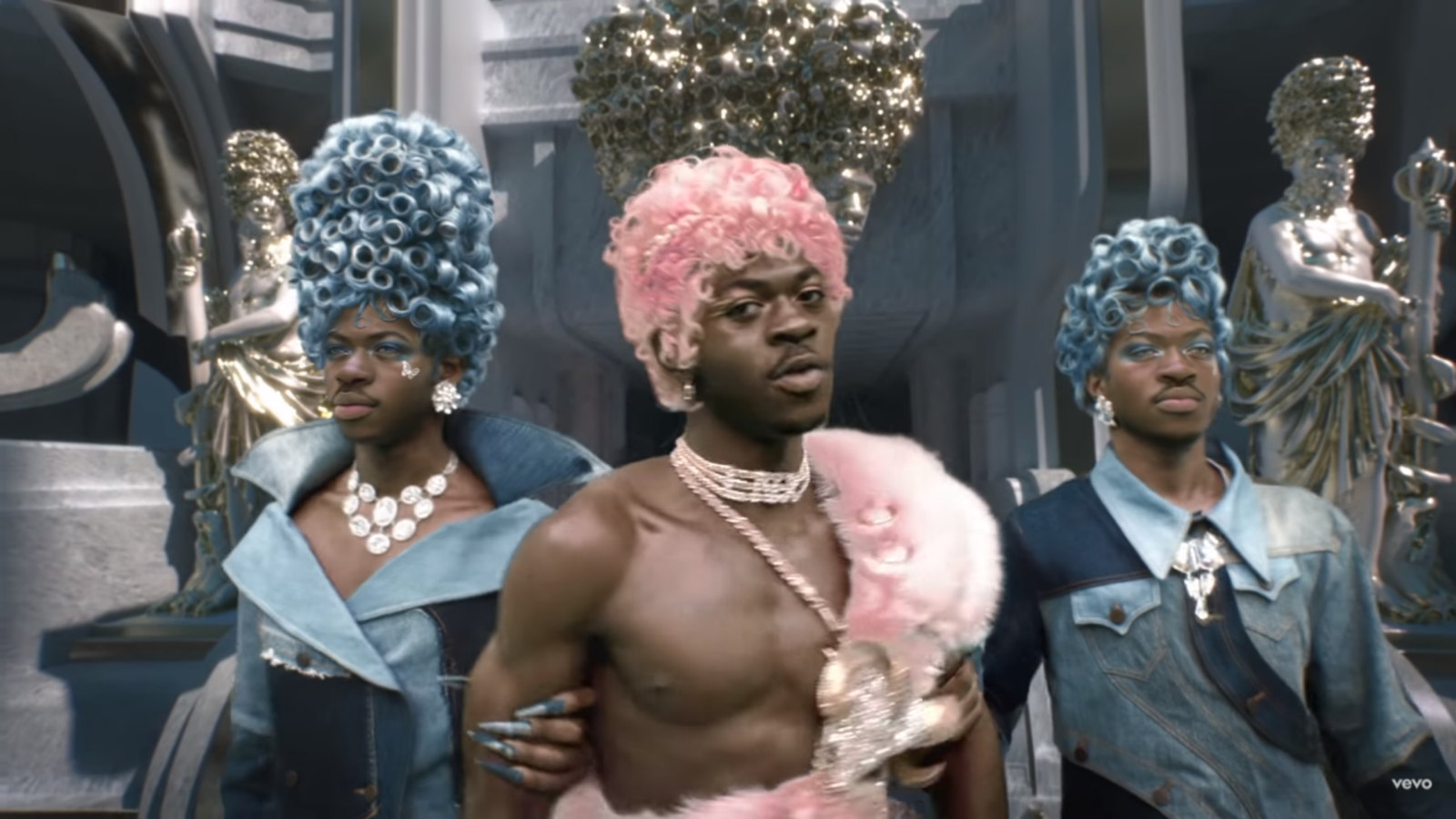
In an interview with TIME, he hopes to open up the dialogue.
“Even as a little child, I was really scared of every single mistake I may or may not have made. I want kids growing up feeling these feelings, knowing they’re a part of the LGBTQ community, to feel like they’re O.K. and they don’t have to hate themselves.

Riding That Stripper Pole To Hell
We see Plato’s Symposium displayed on the tree of life. The text refers to a philosophy about men gathering at a banquet in honor of the god of love and desire. Then, we see Lil Nas X shackled during his execution day in the Colosseum. Various versions of himself surround him and he receives countless mockery and judgment. After his execution, he ascends to heaven. However, he was dragged down to hell where he graciously accepts his fate.
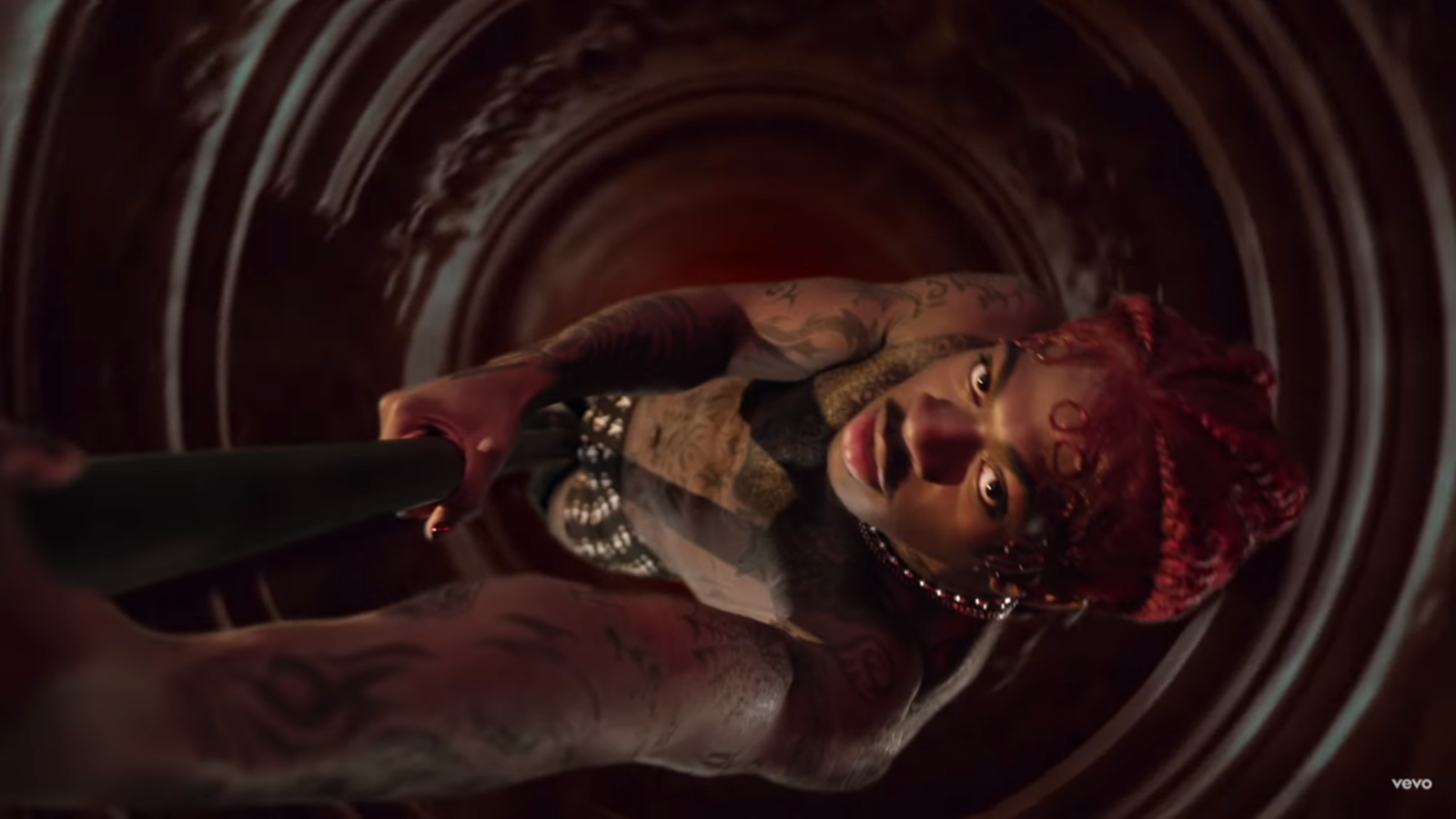
Of course, he rocked knee-high boots as he grinds down to hell. He struts into hell where the devil sits on top of a throne. The royal seat, on the other hand, had Latin words surrounding it. And, if you translate, it means, “They condemn what they do not understand.” It’s not that hard to read between the lines. At this point, I think we can all understand what Nas wants to say. He points to the homophobic slurs and prejudice he has experienced as a gay Black man.
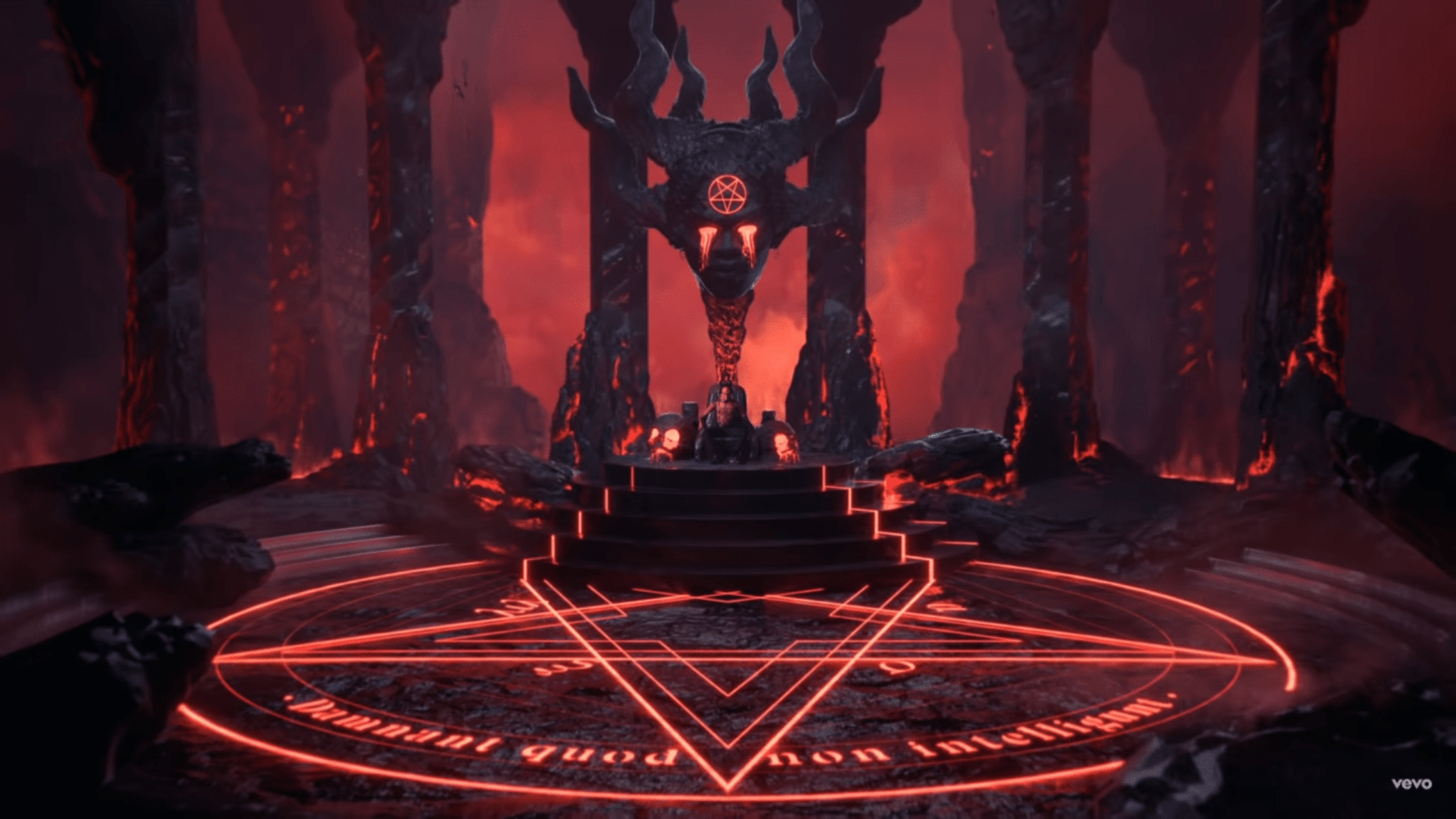
Seducing Satan
Lil Nas X, then, harnesses his sexuality and seduces the devil with one hot hot hot lap dance. It’s also clear that this could also be his way of trolling homophobic people. Anti-LGBTQ+ people who continue to list down Bible verses and religious quotes at us would always point to us and say that we’re going to Hell for being who we are. To be honest, this will forever be the most iconic thing I have ever seen. If they think we’d be going to Hell, then we’ll surely enjoy our way there.
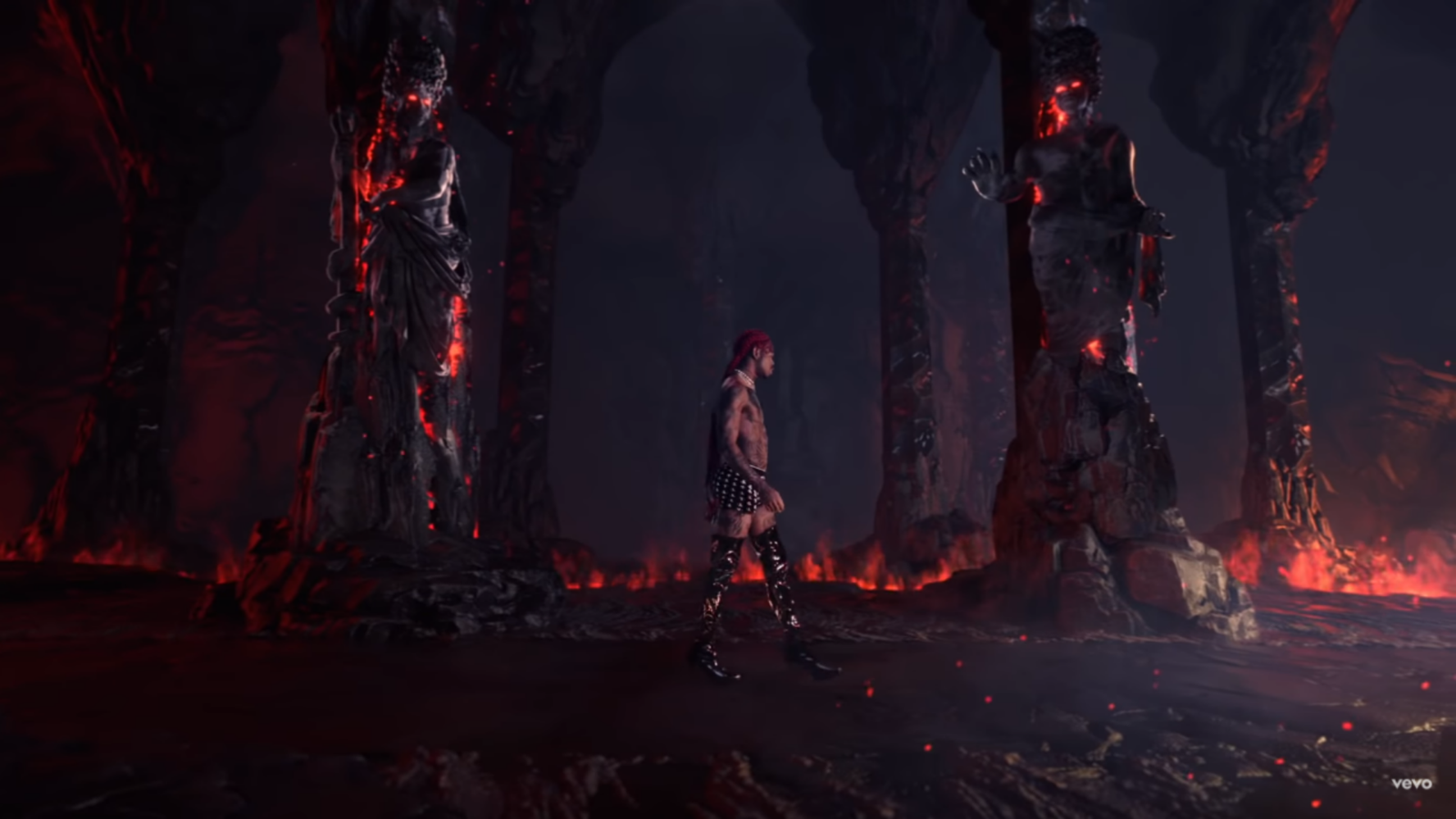
Then, Nas does the most surprising thing. He kills Satan and dismantles the throne of judgment and punishment that kept us from embracing our true selves. I would want to say that it has a deeper meaning. For me, it seems as if Satan represents every fear that we’ve ever had as LGBTQ+ individuals. Living in a Catholic-dominated environment, adults traumatize us with mentions of the Devil as a way to stop us from being our true selves.
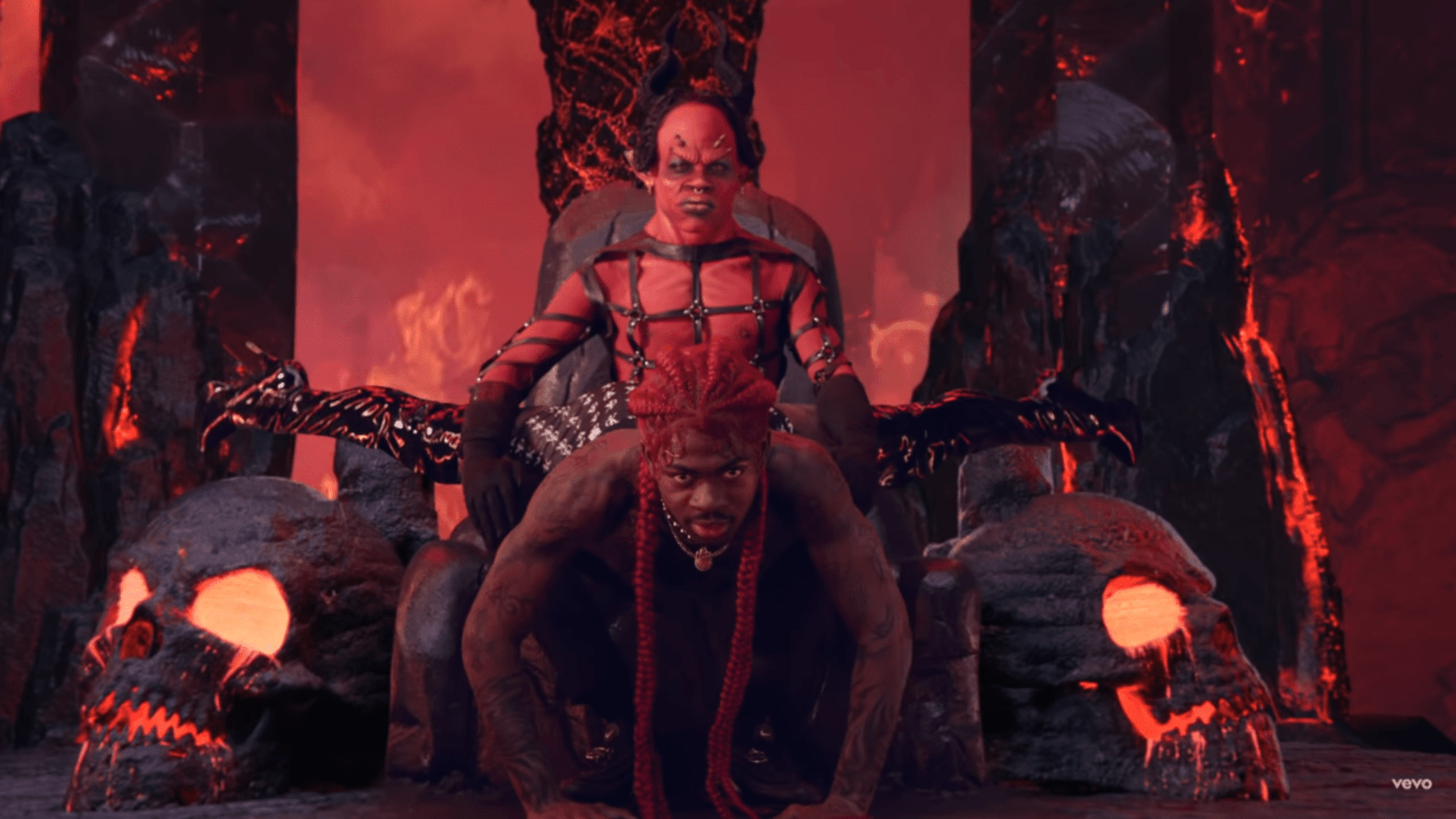
Nas kills Satan and takes his crown as a way to take control of the fear. Finally, he could act the way he wants to. Because he finally controls his destiny and he never needs to feel afraid of anything anymore. Lil Nas X hopes his younger fans would take away a message of “more acceptance, more open-mindedness amongst humanity as a whole. I want kids to know that they don’t have to harm themselves – and that they’re capable and worthy.”
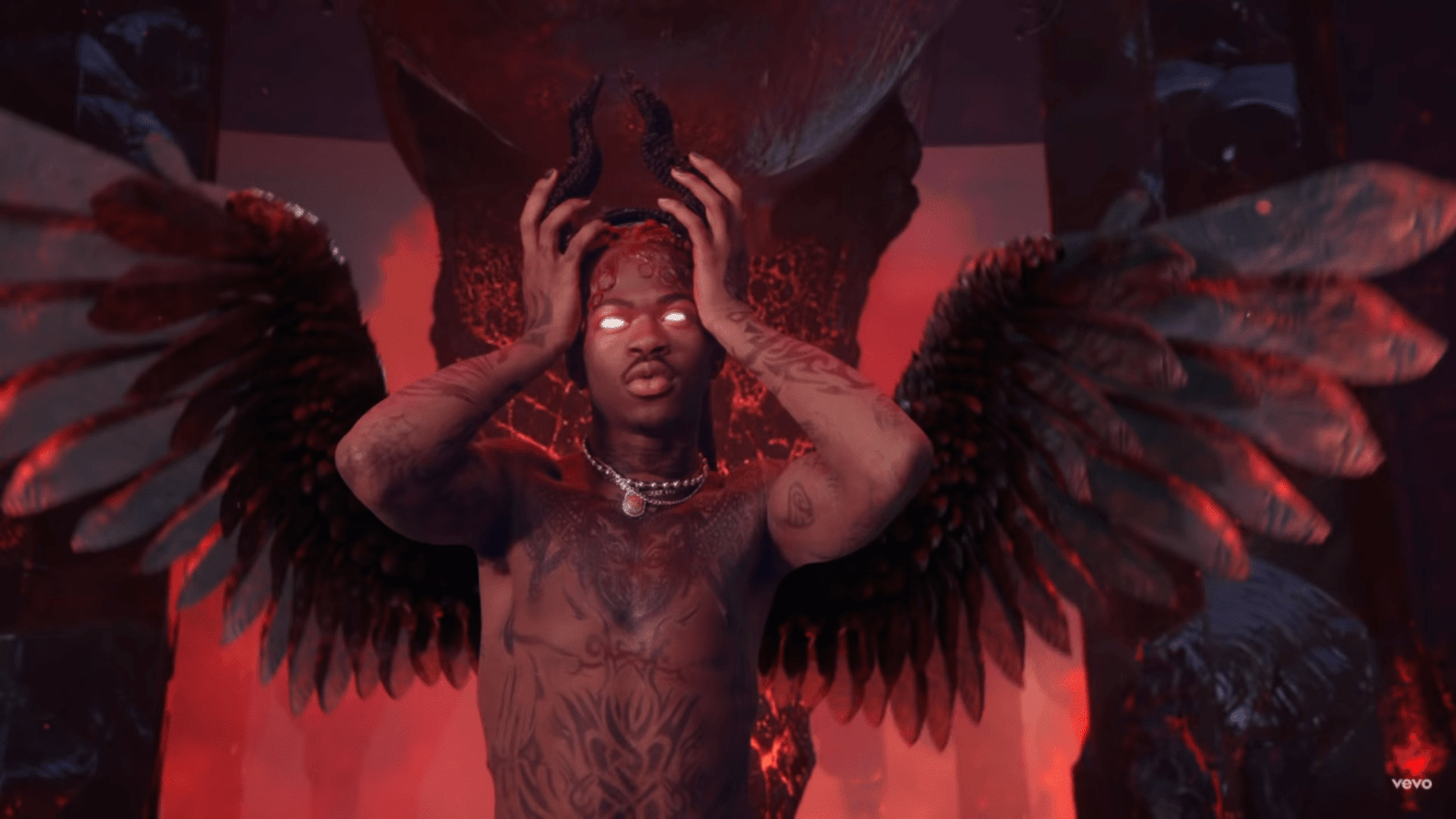
What do you think?
Angela Grace P. Baltan has been writing professionally since 2017. She doesn’t hesitate to be opinionated in analyzing movies and television series. Aside from that, she has an affinity for writing anything under the sun. As a writer, she uses her articles to advocate for feminism, gender equality, the LGBTQIA+ community, and mental health among others.





